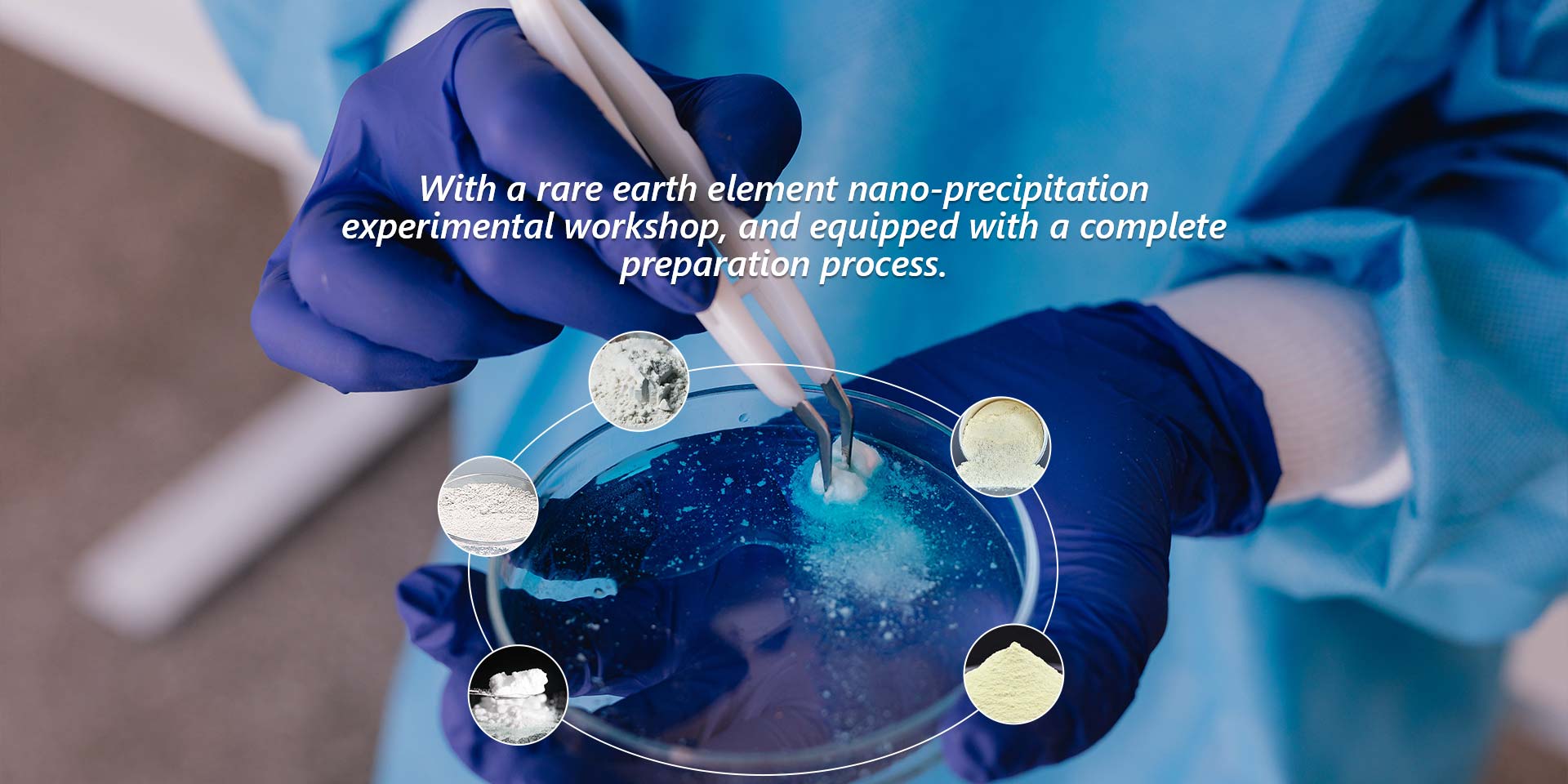 YuYi
YuYi
 Sep 23,2023
Sep 23,2023

Nanocerium oxide has mechanisms and applications in clarification, decolorization, coloring, polishing, and ultraviolet absorption in glass. Cerium oxide can also be used as a polishing agent. Cerium oxide also has a great influence on the adhesion of glass coatings. Cerium oxide can be used alone as a clarifying agent and decolorizing agent in glass. The coloring ability of cerium oxide itself is very weak and is often mixed with other colorants. , it is also a very ideal UV absorber and is widely used in UV-resistant glass.

The reaction principle of cerium dioxide as a chemical decolorizing agent is: During the reduction of Ce4+ to Ce3+, the reaction releases new ecological oxygen, which can oxidize low-priced iron (Fe2+) into ferric oxide, reducing the coloring of the glass, thereby obtaining good discoloration. Tang Liying et al. conducted an experimental study on decolorization of soda-lime-silica float glass with an iron content of 0.12%, measured the color difference and total transmittance of the sample, and found that the amount of CeO2 used to melt 100 g of glass was 0.4800 g, and the color difference was 3.17, the transmittance is 89.61, and the color of the glass according to visual inspection is between light yellow and basically colorless. Since 1970, 1/4 of the glass manufacturers in the United States have switched to CeO2 for decolorization of melted glass, achieving good results. Since the bottle manufacturing plant of Kerr Glass Company adopted CeO2 as the decolorizing agent, it has saved about 30% of the decolorizing agent cost, saved labor time, and produced better quality products.
Because cerium is used as a decolorizing agent, it has the following disadvantages: the glass has blue-tinted fluorescence; it has an exposure effect, causing the glass to turn into a yellow tint; it can only be used when the iron content in the glass is low. So a physical decolorizer must be added. Usually, compounds such as selenium, neodymium, or manganese are added, which can produce purple or purple-red in glass, which just makes up for the yellow-green color of Fe2O3.
Cerium oxide is a variable-price oxide. It decomposes at high temperatures and releases oxygen to promote the growth of bubbles in the glass liquid, causing the bubbles to rise and discharge the glass liquid. It can be used as a high-temperature clarifier. Research has shown a multi-element and efficient clarifier whose main components are two Cerium oxide, pentavalent arsenic and antimony oxide (the pentavalent arsenic content is about 2% to 2.5%), aluminum oxide, calcium oxide, silicon dioxide, etc., which have characteristics of high-temperature decomposition. After testing, its decomposition temperature is 1220℃. As the temperature increases, the decomposition gradually intensifies and ends at 1420℃. This decomposition temperature is synchronized with the melting temperature of the glass. At this melting temperature, ceria and pentavalent arsenic antimony oxides decompose simultaneously, releasing A large amount of O2, so the multi-element high-efficiency clarifier has an excellent clarification effect.
It is generally believed that the absorption of colorless transparent glass in the ultraviolet region is caused by photons of a certain energy exciting the electrons of oxygen ions to high energy levels. The ultraviolet absorption of glass belongs to the same mechanism as the far ultraviolet absorption of alkali metal halide crystals, that is, the absorption is the result of the stimulation of the valence electrons of anions. Any light whose energy is greater than (or whose wavelength is less than) the absorption limit wavelength can excite the number of valence electrons on the anion to the excited state (or conduction band), so it is completely absorbed. Light with energy less than (or wavelength greater than) the absorption limit wavelength is completely transmitted because the energy is too small to excite valence electrons. Traditional colorless transparent glass with anti-ultraviolet radiation function generally uses cerium dioxide as an ultraviolet absorber added to soda-lime-silica glass, and the added amount is controlled between 0.2% and 0.5% (mass fraction). The characteristic absorption of Ce4+ in the ultraviolet region is 240nm, and that of Ce3+ is 314nm. This property was first used in the production of Crookes glass to enhance the ultraviolet absorption of the glass and achieve eye protection. The application of CeO2 in UV-absorbing glass bulbs. CeO2 is added to the ordinary sodium borosilicate glass formula. By adjusting the glass formula and process conditions, a glass bulb with a UV transmittance of less than 50% is obtained. The added amount of CeO2 is 0.065%. The glass bulb has the best performance in the range of ~0.075%.
